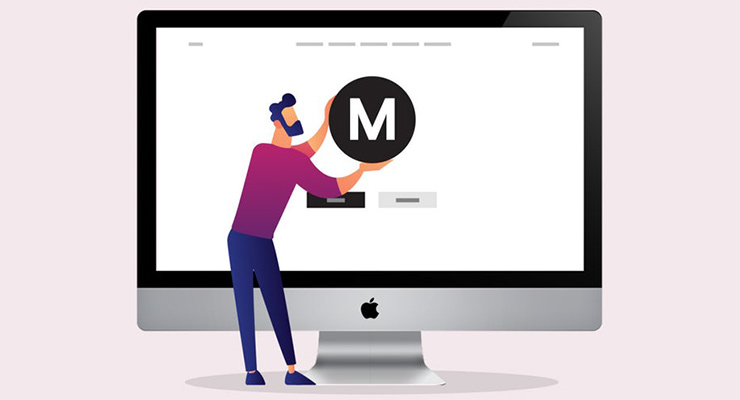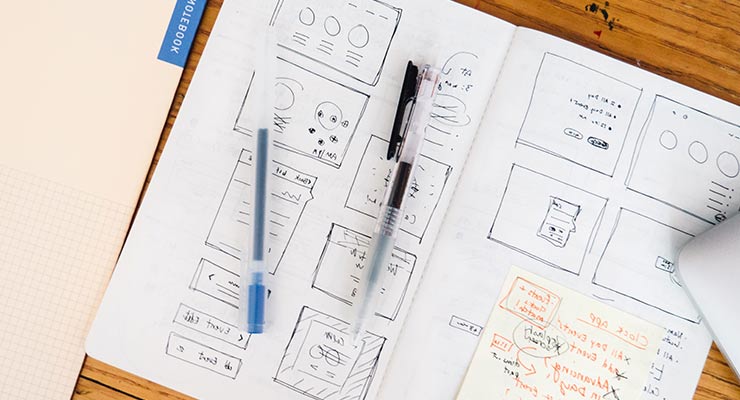When business owners hire web designers, it should create positive working relationships between both, with each client confident that they are going to have the website they desire, and each web designer striving towards having another completed project and a happy client who hopefully will be singing their praises.
Unfortunately, the ideal scenario we have just described does not always transpire, and on some occasions, both the client and the web designer are unhappy with the experience. This can occur for several reasons, and sadly, it can occur because a client has no idea as to how they should deal with web designers.
We must state that this is not an exercise where we are bashing clients and saying that they are the only ever reason web design projects flounder. There can be blame on both sides, and no doubt there are some web designers who do not reach the high standards that the vast majority of web designers do.
However, given that clients are not dealing with web designers every day, may not have had a new website designed before, and we also have to bear in mind they still have a business to run, so they might be unaware or unable to properly deal with their web designer, rather than being deliberately uncooperative.
What we want to do here is provide business clients with some tips as to how they can best deal with the web designers who are creating their website, to the benefit of both parties, and ultimately, so that the website created is one both are delighted with.
Be Crystal Clear On Your Requirements: Instructions and requests you send to your web designer must be crystal clear and leave no room for confusion. Best practice is to follow up to ask if they require any clarifications.
Read More













